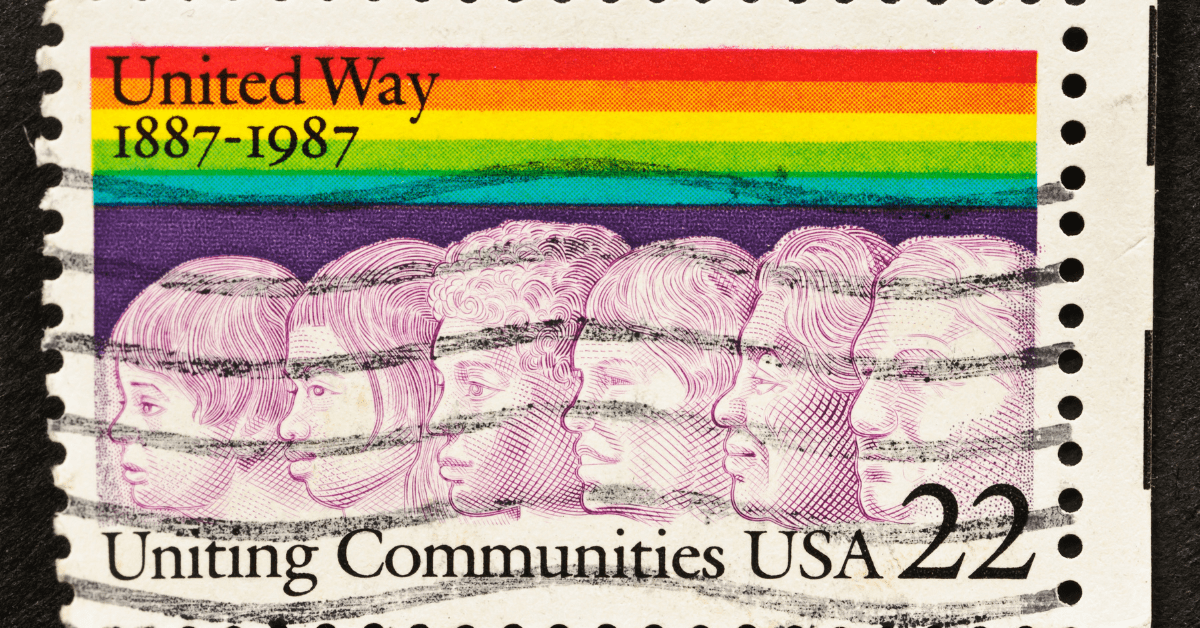
Finding Your Golden Key to Income Sustainability
Early in my consulting work, I experienced a conundrum. In two different communities, leaders used totally divergent processes to divide a federal grant.
In the first community, the group’s process resembled a dramatized political meeting. On the surface, everyone was polite. Yet veiled threats, subtle hissy fits, and bruised egos resulted. Before, during, and after the meeting, everyone remained in his or her corners, fists up.
In contrast, the Lee County Florida group discussed the guidelines, listened to each other’s needs, and explored distribution options. When someone proposed asking the United Way to allocate the funds, the group agreed. The meeting closed and the congeniality lingered.
“Who,” I asked driving back to my office, “is this United Way? And, why does everyone trust them?” After all, both meetings were about distributing a million dollars.
Recently, as I was collecting success stories for 7 Nonprofit Income Streams, I meet Cliff Smith, president of the United Way of Lee, Hendry, Glades, and Okeechobee. I shared my experience. While neither Cliff nor I remembered all the specifics, he agreed that the group’s decision matched his experience.
“Why the contrast?” I asked.
This United Way affiliate, Cliff explained, decided years ago to be the community’s network builder. Community building is their true north. It’s the litmus test they use to make decisions. For over twenty years, as they made decisions, they asked questions such as: Will this pull everyone together? How can we help people collaborate more effectively and efficiently?
Cliff shared, “We developed United Way houses not by intention but by stumbling and bumbling around.” The organization’s first house was rented to execute a literary services grant in a rural community. During the project, another nonprofit asked if they might use the house in off-hours. When requests from other agencies followed, staff had a classic “ah-ha moment.” Houses were needed everywhere. Today, nineteen United Way houses provide services and network opportunities, because as Cliff explains, “Access is as important as quality.”
The United Way fills this unique local niche. So, during that years ago meeting to assign grant funds, it was natural for the group to turn to them for help. What’s more, Cliff credits this unique role with their ongoing financial sustainability. For them, finding and fulfilling a unique role is a kind of golden key.
In terms of sustainability, find your distinct advantages by identifying and using a golden key, like this United Way affiliate. Sustainable organizations, both for-profit and nonprofits, identify golden keys and build around them. (For another nonprofit example read Chapter 2.)
How can you and your board identify if you’ve found a golden key for your sustainability?
- You identify a unique role in a mission sweet-spot.
- You use it as a lens to make decisions.
- Over time, you see proof that your decisions help you stand in a new spot, generate fresh connections, and open stuck doors.
What is your golden key? Are you using it as a decision-making lens? Do you use it to open income doors?
Karen Eber Davis is a nonprofit strategic planning consultant who works with visionary leaders committed to taking their organizations to new heights. She offers customized strategies, assessments, and coaching designed to help leaders lead their organizations to achieve their potential. She is the author of 7 Nonprofit Income Streams and Let's Raise Nonprofit Millions Together.
Categories
If you appreciate these Added Value posts, please consider subscribing.
Latest Posts
- How New Nonprofit CEOs Secure Board Buy-In for Strategic Planning
- How Nonprofit Leader Navigate Crisis with Clarity & Confidence
- One Way AI Can Help You Find a Path Where None Exists
- In Crisis? Resist Cutting Your Ability to Make Income
- Nonprofit Strategic Planning Assessment: 10 Questions to Strengthen Your Strategy
